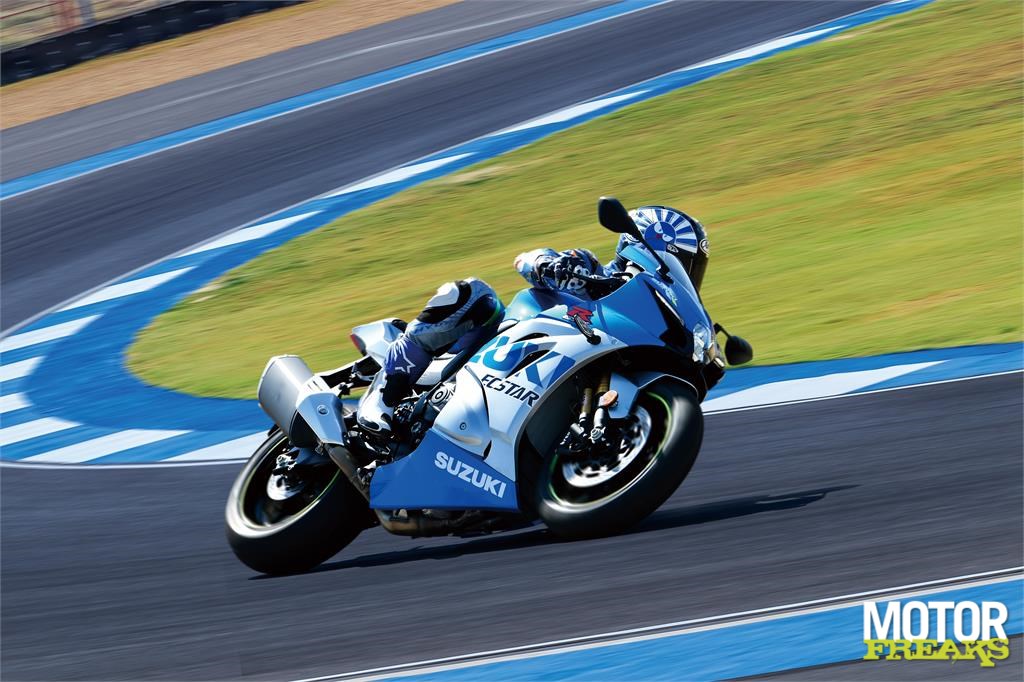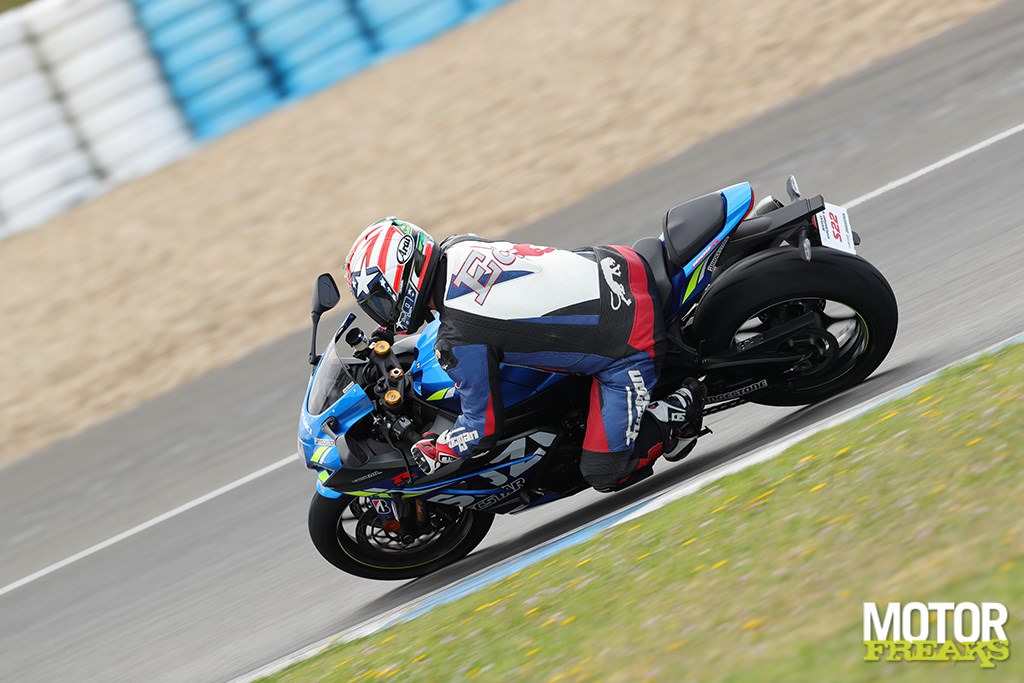Thirty-eight years since the launch of the very first GSX-R, it seems at the end of this year that the curtain will fall at Suzuki for the engine that has been the cradle of the supersport segment. Unless Suzuki decides at the last minute to adapt the GSX-R1000 to Euro5, but we consider that chance very small.

The year is 1984 when Suzuki launches the GSX-R400 specifically for the Japanese market, responding to the legislation that has made motorcycles above 400cc unaffordable. In 1985, the GSX-R750 was introduced, followed a year later by the GSX-R1100, serving markets outside of Japan.
Since then, the four-letter GSX-R has been synonymous with sportiness at Suzuki. In addition to the GSX-R750 and GSX-R1100, Suzuki introduced a third model in 1992, the GSX-R600, while the fat 1100 was succeeded in 2001 by the GSX-R1000 as the new homologation model of the World Superbike Championship, where the displacement of four-cylinder was set to 1,000cc.
The GSX-R was a resounding success from the outset, in the heyday of Supersport more than 1,000 units were sold in the Netherlands alone – the most successful model alone, the GSX-R750, was sold. sold about 750 units per year.
2012 saw an unprecedented milestone of 1 million GSX-Rs sold since the launch of the very first GSX-R, leading to the launch of a limited edition GSX-R1000Z, of which only 1985 were produced.
However, the supersport segment then went into free fall, on the one hand because electronics had pushed up the price considerably and on the other hand because they were so advanced and had so much power that they had already overshot their target for street driving. The only reason to invest in the supersport segment was to be able to participate in road racing motorsport.

For that reason, Suzuki launched a completely renewed GSX-R1000 and GSX-R1000R in 2017, where the Japanese had pulled out all the stops to make the GSX-R the very best supersport again. It was the very first variable cam superbike and that wasn’t the only thing that made the 2017 version unique.
Unfortunately, the return to the World Superbike Championship was not forthcoming, so no one has ever really been able to see the potential of the GSX-R1000R, but that the development team in Hamamatsu had done its homework very well turned out in the EWC Endurance World Championship, where the GSX-R1000R still managed to dominate the 24-hour races.
When Suzuki renewed the GSX-R1000 in 2017 and added an R1000R, remarkably enough, they were marketed as Euro4 models in Europe, while Euro5 was already around the corner. From January 1, 2020, all new models had to comply with Euro5, from 2021 this also applied to all existing models.
Now Suzuki could still have modified the GSX-R1000 to Euro5, but instead the Japanese decided to submit an “End of Series” request early last year, obtaining permission to sell the Euro4 GSX-R1000 for another two years. .
With less than half a year to 2023, this means the end of the GSX-R1000 is rapidly approaching, and with Suzuki’s recent announcement to withdraw from both the MotoGP as the EWC, the chance is almost nil that Suzuki will come with a renewed GSX-R1000.
Suzuki announced that it wants to shift its focus to sustainable platforms, and as long as climate neutral fuels are not seen as sustainable by governments, we believe there is a 0.0001% chance that Suzuki will still release a Euro5 GSX-R1000 before the end of the year. the top hat will do magic. If there is still a future for the GSX-R, it will undoubtedly be a GSX-Re in a few years’ time.
– Thanks for information from Motorfreaks.